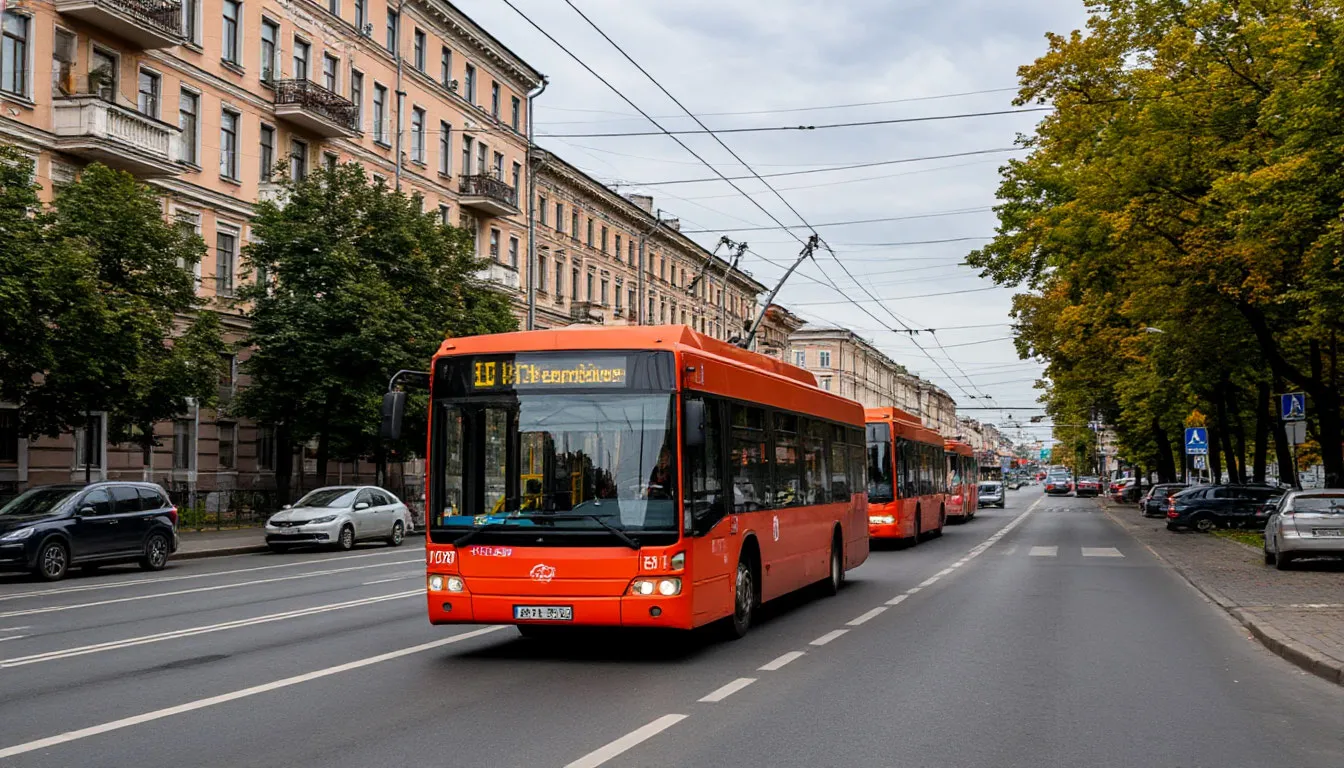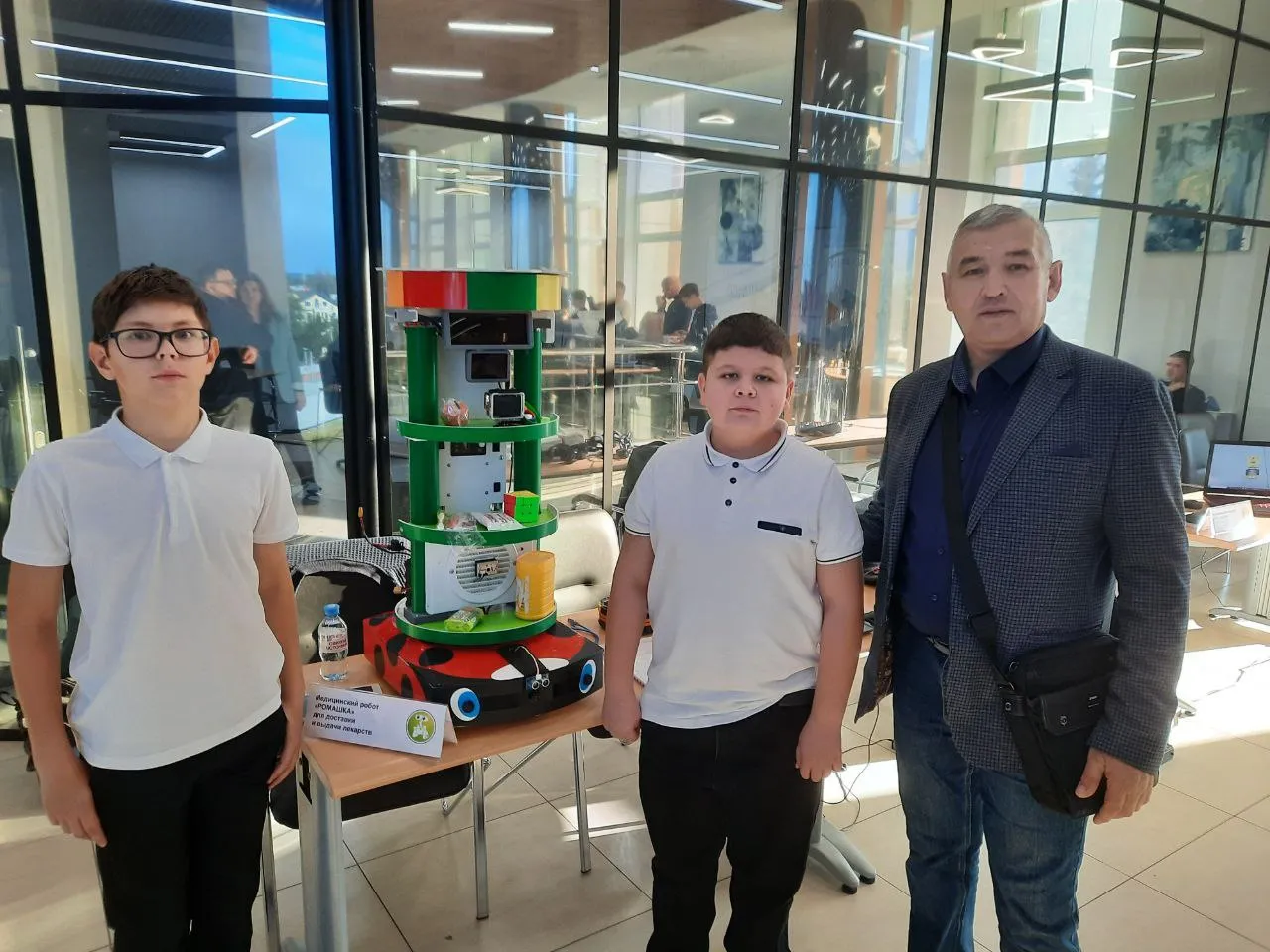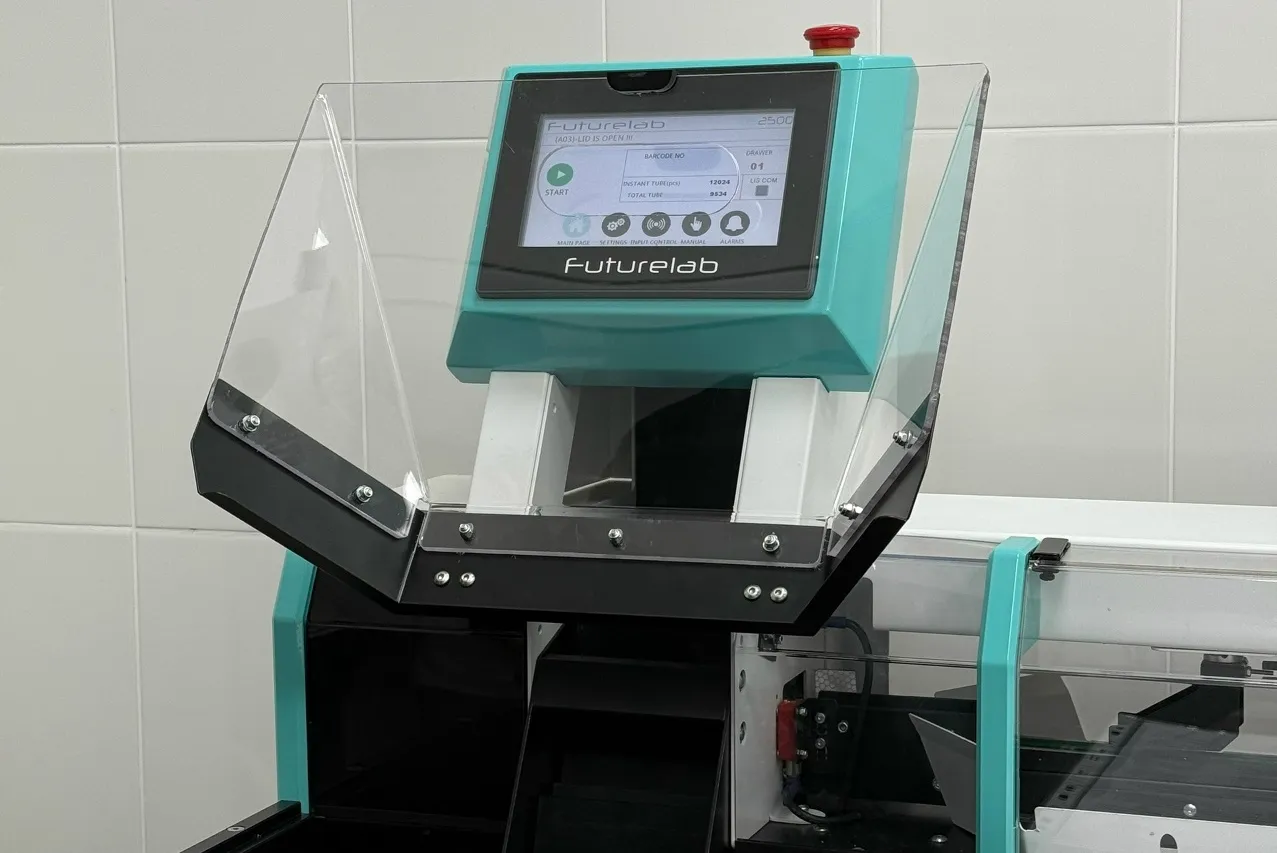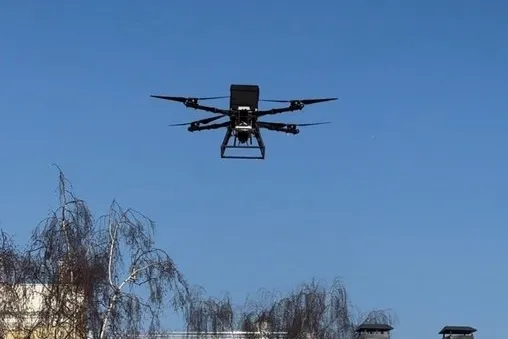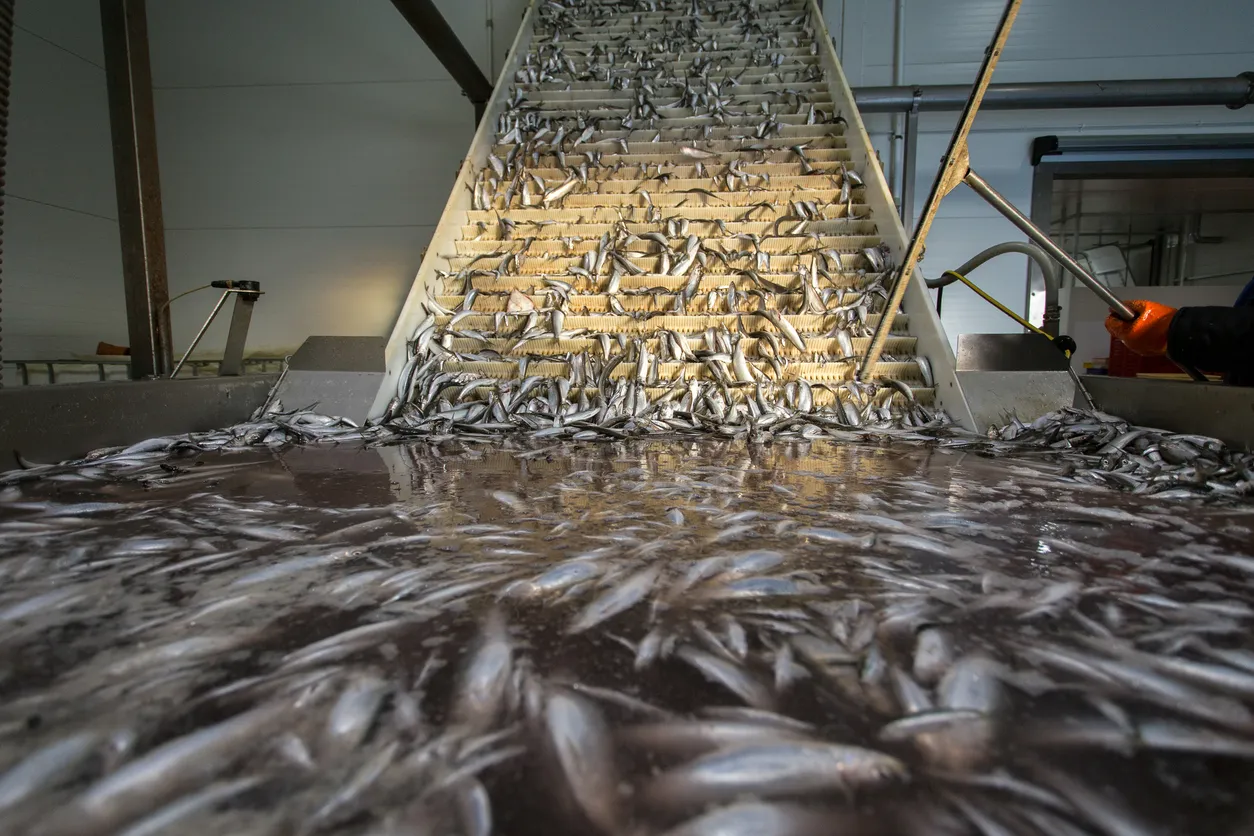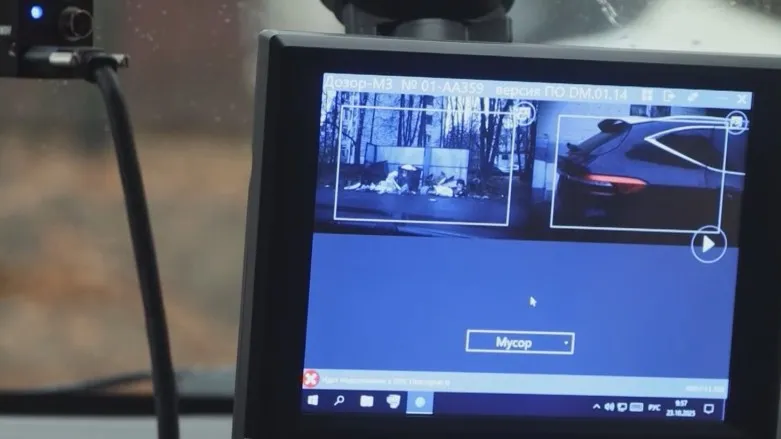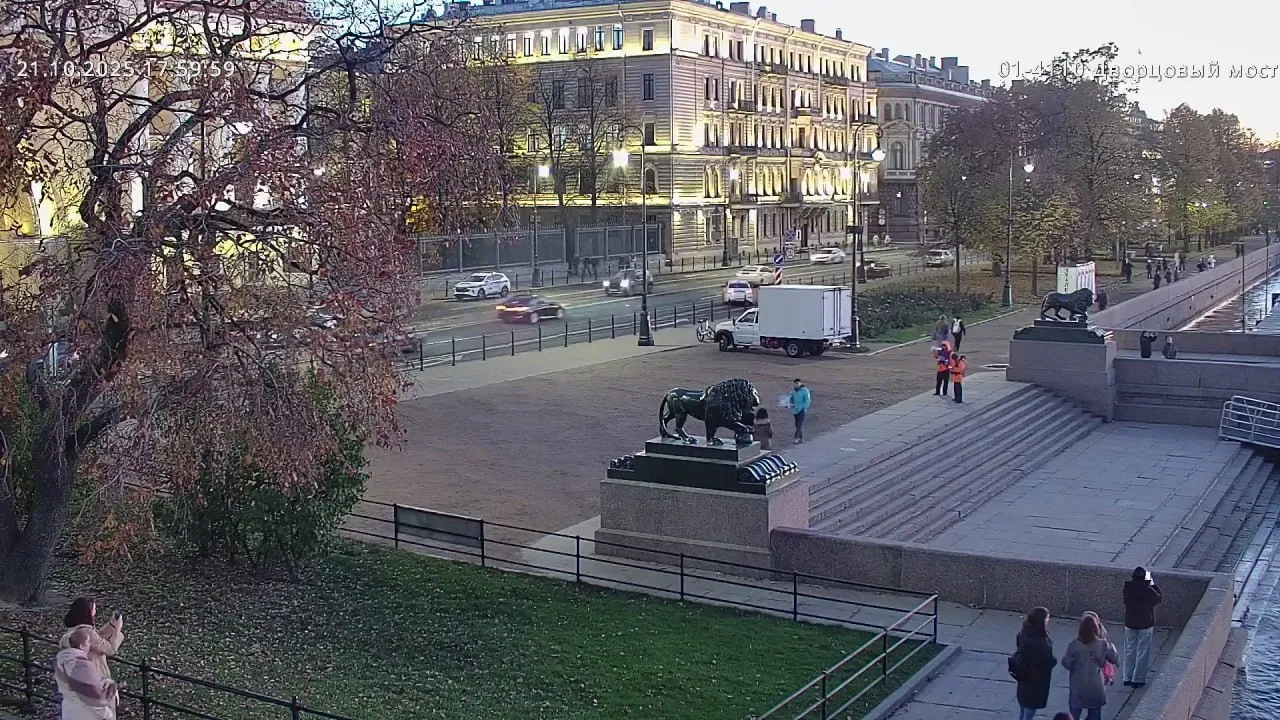Russian Airports Deploy High-Tech Bird Deterrent Systems
Airports across Russia are turning to bioacoustics, robotics, and automation to keep runways clear and flights safe.
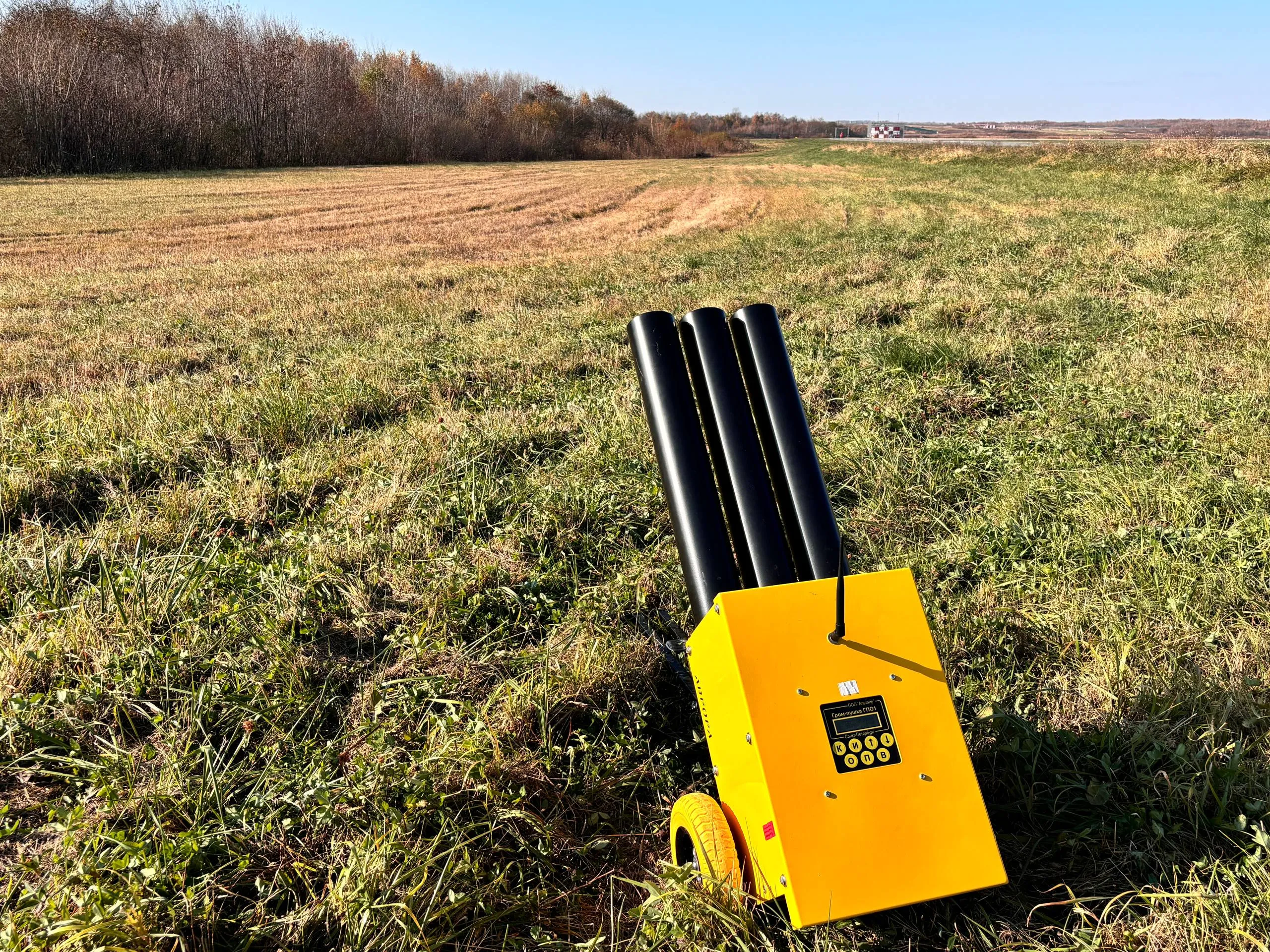
At Vladivostok International Airport, a new wave of digital infrastructure has taken flight — not for passengers, but to keep birds away from planes. The airport has installed automated “thunder cannons” and mobile bioacoustic systems that emit loud, electronically controlled bursts mimicking gunfire to scare off birds and other wildlife — all without causing them harm.
The systems operate 24/7, forming a defensive perimeter around the airfield. They’re part of Russia’s broader digital transformation of transport safety, a sector where environmental and aviation interests often collide.
Smart Airfields, Fewer Feathers
The airport’s anti-bird setup combines traditional deterrents — such as mirrored spheres, predator-call speakers, and anti-perch spikes — with digital tools and acoustic AI systems that simulate distress calls. Routine measures like mowing grass and applying repellents make the area even less inviting to wildlife.
Airport staff conduct daily patrols to monitor bird behavior and adjust systems based on weather, migration data, and local species activity.
As Russia modernizes its air infrastructure, keeping birds off the runway isn’t just about noise — it’s about using data, sensors, and automation to build safer skies.




